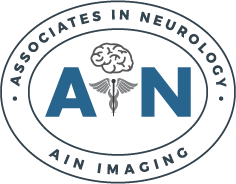
When it comes to stroke, every second counts. Acting quickly can make all the difference between life and death, or between full recovery and long-term disability. It’s crucial to recognize the symptoms of a stroke and take immediate action.
In this article, we will explore the importance of recognizing stroke symptoms and the steps you can take to save lives.
What is a Stroke?
A stroke happens when the blood flow to the brain gets stopped or interrupted, either due to a blocked blood vessel or bleeding in the brain.
When the brain is deprived of oxygen and nutrients, cells start to die within minutes, leading to potentially devastating consequences.
Common Stroke Symptoms
Recognizing the signs of a stroke is vital for an immediate medical response.
Symptoms can differ based on the part of the brain affected, but there are some common warning signs to watch out for:
- Sudden numbness or weakness – This often affects a single side of the body, including the arm, face, or leg. A person may have difficulty smiling, lifting their arm, or walking.
- Trouble speaking or understanding speech – Slurred speech, difficulty finding words, or confusion can indicate a stroke.
- Severe headache – A sudden and severe headache can be a sign of a stroke.
- Vision problems – Blurred or reduced vision in one or two eyes, or double vision, may happen during a stroke.
- Dizziness or loss of balance – Sudden dizziness, unsteadiness, or loss of coordination can be an indication of a stroke.
FAST: The Acronym that Saves Lives
To help people remember the most common stroke symptoms, medical professionals use the acronym FAST:
F: Face drooping
One side of the face droops or feels numb. See if the person can smile to check for this symptom.
A: Arm weakness
A single arm may suddenly be numb or weak. Ask the person to raise both of their arms and see if one keeps drifting downward.
S: Speech difficulties
Difficulty speaking, slurred speech, or trouble understanding speech are common stroke symptoms. Ask the person to repeat a simple phrase to assess their speech.
T: Time to call emergency services
If you observe any of these signs, it’s crucial to call emergency services immediately. Time is of the essence when it comes to stroke treatment.
Remembering the FAST acronym can help you take quick action and potentially save a life.
Acting Fast: What to Do in a Stroke Emergency
If you suspect someone is having a stroke, it’s essential to act swiftly. Here are the actions to take:
Call Emergency Services
Call 911 without delay. Clearly explain that you suspect a stroke and provide all necessary information.
Note the Time
Pay attention to when the symptoms started. This information helps healthcare professionals determine the most appropriate treatment options.
Stay with the Person
Offer reassurance and support while waiting for medical assistance. Ensure they remain in a comfortable position, and do not give them anything to eat or drink unless instructed by medical professionals.
Understanding Stroke: Causes and Risk Factors
To truly grasp the importance of recognizing stroke symptoms, it is essential to understand the causes and risk factors associated with this life-threatening condition.
By gaining insight into the underlying mechanisms, you can take proactive steps to reduce the likelihood of experiencing a stroke.
Ischemic Stroke
This type of stroke happens when a clot or plaque buildup blocks a blood vessel that supplies the brain with oxygen and nutrients. The clot may form within the blood vessel or travel from another part of the body.
Hemorrhagic Stroke
In contrast to an ischemic stroke, a hemorrhagic stroke happens when a blood vessel in the brain ruptures. This results in bleeding and damage to brain tissue.
This can be due to weakened blood vessel walls (aneurysm) or high blood pressure (hypertension).
Prevention and Awareness
While some risk factors for stroke, such as age and family history, cannot be modified, many others can be addressed through lifestyle changes and medical interventions.
To reduce the risk of stroke:
- Maintain a healthy diet rich in fruits, vegetables, whole grains, and lean proteins.
- Exercise regularly and engage in physical activities that promote cardiovascular health.
- Quit smoking and avoid exposure to secondhand smoke.
- Limit alcohol consumption to moderate levels or abstain entirely.
- Manage and control chronic conditions such as hypertension, diabetes, and high cholesterol with proper medical care.
- Regularly monitor your body weight and maintain a healthy BMI.
Stroke Treatment in Howell, MI
Recognizing stroke symptoms and acting fast is crucial for minimizing the damage caused by a stroke. By familiarizing yourself with the common warning signs and remembering the FAST acronym, you can be prepared to take swift action in an emergency. Always remember, time is crucial, and every second counts when it comes to saving lives and preventing long-term disabilities.
You can rely on Associates in Neurology if you need stroke treatment in Howell, MI. Our highly skilled and dedicated neurologists near you will make sure you or your loved one receive the care you need. Call your emergency hotline for immediate first aid. To learn more about the path to recovery, you may call us at (248) 478-5512. You can also book a visit with us using our online request form. However, if you think you or a loved one may be experiencing a stroke or another medical emergency, always call 911 immediately.
We look forward to serving you!


